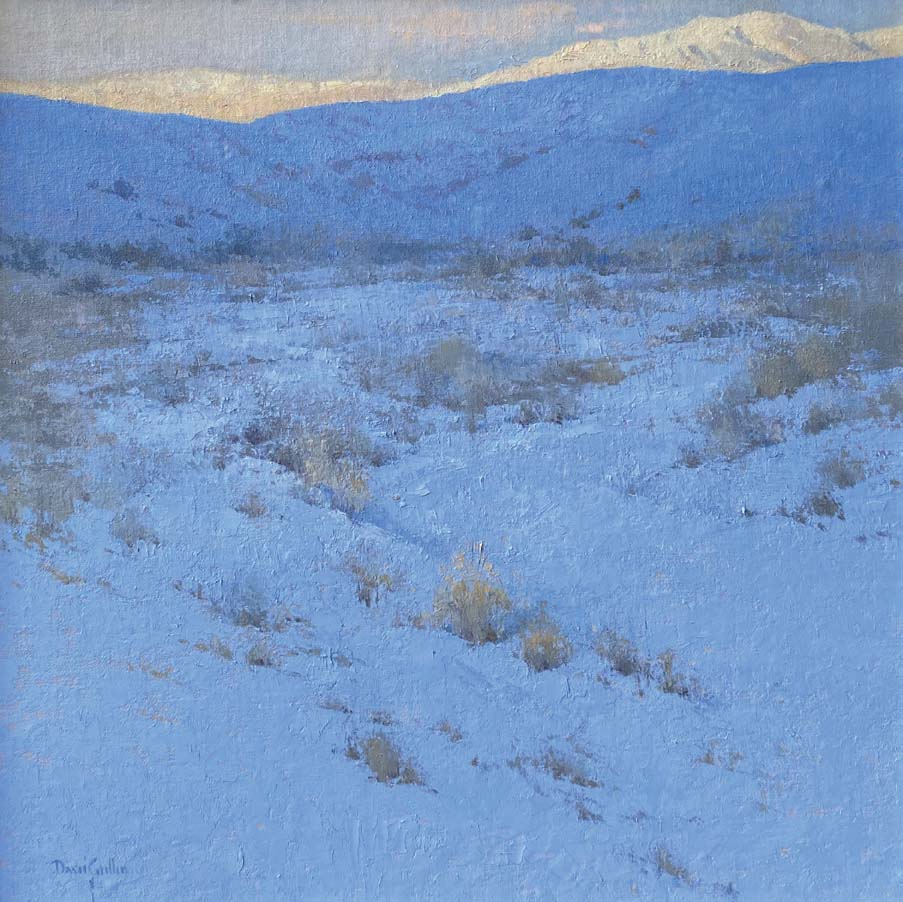
31 Oct EDITOR’S NOTE: BEYOND DECORATION
I recently came across the old adage, “Art is more than decoration.” And while many readers might nod in agreement, believing that art transcends mere aesthetics, I invite you to reflect on your definitions of art.
While some aspects of art — such as technical skill or adherence to certain creative principles — may be evaluated more objectively, the experience and meaning derived from art are inherently personal. Ask someone, “What is art?” and their response might give you a glimpse into their broader ways of thinking.
Each artist and architect profiled in this issue brings their unique lens to the concept of art, illuminating its multifaceted nature. Artist Richard Serra [1938–2024], for instance, sought to create work that was an experience (“Perspective,” pg. 96). He wanted viewers to participate in art, walking through his large-scale sculptures or discovering them in a landscape. For Serra, art was about an experience and perception; it required paying particular attention to your surroundings.
For artist Sabin Howard, art has the power to be transformative, and his sculpture for the National World War I Memorial serves as a poignant reminder of this belief (“A Soldier’s Journey,” pg. 146). The experience of creating the 58-foot bronze depicting one soldier’s experience of the war changed Howard’s life. As word spread about the monument, veterans of foreign wars would visit his studio to see the sculpture in progress, and they began sharing their stories with the sculptor, who was tremendously moved. His bronze told one story of WWI while also creating space for others to do the same. “Sculpting,” Howard says, “is about communicating in a universal language.”
Artist Lisa Gleim, meanwhile, wants to create artwork that connects us to the world of animals. As a member of Artists for Conservation, she’s passionate about using her work to educate people “on the fragility of our animal kingdom and how crucial it is that we ensure these animals do not become endangered or go extinct.” Her work highlights the role that art can play in calling attention to important social issues or historic moments (“An Artist’s Tribute to Nature,” pg. 134).
Architecture is an art form that also offers unique experiences. In this issue, we read about a Colorado home that connects its homeowners to a landscape they have long loved (“An Invitation to Sit,” pg. 128). Similarly, the architecture of a stunning Montana residence reflects the personalities and lifestyles of those who reside there, seamlessly intertwining their artistic appreciation with the environment (“Crafting Harmony,” pg. 128).
This issue of WA&A celebrates art’s multifaceted nature, which can be a mirror that reflects our individual experiences or our shared truths. As you read over the stories shared inside, I invite you to consider each person’s unique point of view. Art is many things — and always more than decoration.
Christine Rogel, Editor in Chief
christine@westernartandarchitecture.com






No Comments